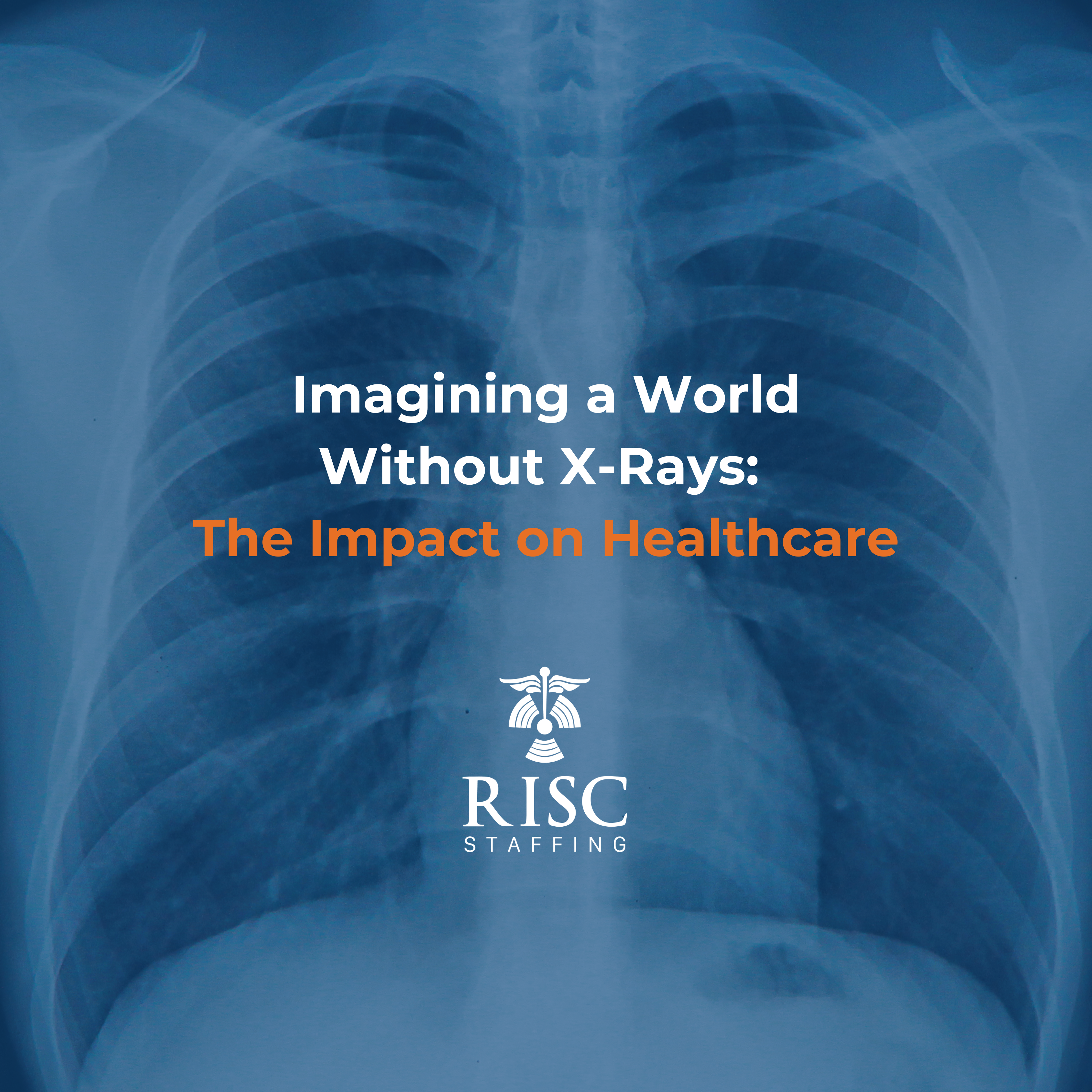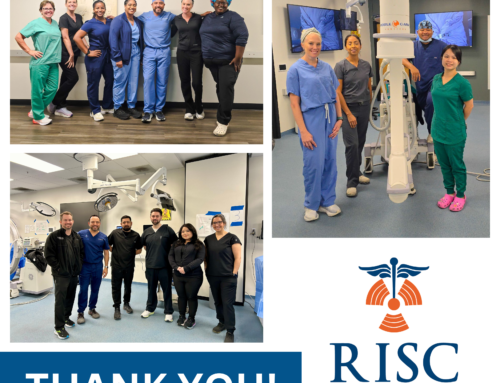Imagining a World Without X-Rays: The Impact on Healthcare
Can you imagine a world without X-Rays? Since their discovery in 1895 by Wilhelm Conrad Roentgen, X-rays have revolutionized medicine by providing a non-invasive method to look inside the human body. But what if X-rays had never been discovered? How would this absence have shaped modern healthcare and our understanding of the human body? Let’s explore the hypothetical scenario of a world without X-rays and its profound implications for medicine and society.
1. The Historical Role of X-Rays in Medicine
The Birth of Medical Imaging
X-rays marked the beginning of medical imaging, allowing physicians to diagnose fractures, detect tumors, and assess organ health without surgery. This technology laid the groundwork for advancements in medical diagnostics and treatment planning.
Early Applications and Advancements
Initially used to identify broken bones, X-rays quickly became instrumental in various medical fields, including dentistry, oncology, and orthopedics. Over time, innovations such as CT scans and fluoroscopy emerged, expanding the capabilities of radiological imaging.
2. The Consequences of a World Without X-Rays
Challenges in Diagnosis and Treatment
Without X-rays, diagnosing internal injuries and conditions would be significantly more challenging. Physicians would rely heavily on physical examinations and invasive procedures, increasing the risk of complications and delays in treatment.
Case Study: Fracture Diagnosis Without X-Rays
Consider the example of diagnosing a bone fracture without X-rays. Doctors would need to rely on physical symptoms, such as swelling and deformity, and potentially use exploratory surgery to confirm the diagnosis. This approach would be time-consuming, painful, and less accurate.
Impact on Surgical Practices
Surgical procedures would be more frequent and exploratory in nature, as doctors would lack the ability to visualize internal structures preoperatively. This could lead to longer recovery times, higher infection rates, and increased healthcare costs.
Limitations in Cancer Detection and Treatment
X-rays play a crucial role in detecting cancers and monitoring treatment progress. Without them, early detection of tumors would be more difficult, potentially leading to poorer prognoses and limited treatment options.
3. The Evolution of Alternative Diagnostic Methods
Reliance on Physical Exams and Symptoms
In the absence of X-rays, healthcare providers would place greater emphasis on physical exams, patient history, and symptomatology to guide diagnoses. This would require heightened clinical skills and experience, as well as a stronger reliance on patient communication.
Development of New Imaging Technologies
The absence of X-rays might have accelerated the development of alternative imaging technologies. Techniques such as ultrasound and MRI, which do not use ionizing radiation, might have been prioritized and advanced more rapidly.
Innovations in Non-Invasive Diagnostics
The lack of X-rays could have spurred innovations in other non-invasive diagnostic tools, such as biomarker analysis and genetic testing, to provide insights into internal health conditions.
4. Societal and Economic Implications
Changes in Healthcare Costs and Accessibility
Without X-rays, the increased need for invasive procedures and alternative diagnostics could raise healthcare costs and limit accessibility, particularly in underserved areas. This would place a greater burden on healthcare systems and patients.
Impact on Medical Research and Education
Medical education and research would be fundamentally different without X-rays. Training programs would emphasize alternative diagnostic techniques, and research efforts would focus on developing new imaging and diagnostic methods.
Influence on Public Health and Safety
The ability to quickly and accurately diagnose injuries and illnesses with X-rays has improved public health outcomes and safety standards. Without this technology, societies might face greater challenges in managing public health crises and emergencies.
Imagining a world without X-rays highlights the profound impact this technology has had on modern medicine and healthcare. While alternative methods and innovations would undoubtedly emerge, the absence of X-rays would significantly alter the landscape of diagnostics, treatment, and patient care. As we continue to advance in medical technology, it’s essential to recognize and appreciate the foundational role X-rays have played in shaping the healthcare we know today.






